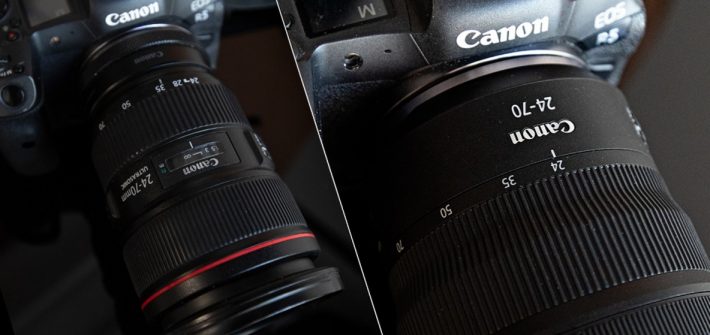User experience greatly affects the quality of the cameras we use. How has this changed for the new Sony a7 IV?
![]()

I raise you my swirly bokeh to your circular bokeh because I intuitively know that it looks nicer. However, is my swirly Nikkor AF-S 50mm f/1.4G on the Fuji X-T4 more blurry than your circular Nikon Series E 50mm f/1.8 on the Nikon D850? Read on.

Buying new camera gear can be very exciting, but it can also drain your bank account rather quickly if you are not careful about it. If you are a newer photographer and wondering how to find the right gear for yourself without overspending, this helpful video tutorial will run you through the options and their pros and cons.

The L-bracket is a pretty simple idea: have a way of mounting your camera vertically or horizontally to the tripod. Between that simple idea and the actual product, however, is a big difference in execution. I recently tried out Smallrig’s L-bracket for the Nikon Z6 and Z7 series, and I was really impressed by how it elevates that fundamental concept to accessory perfection.

Leica’s M11 has hit the market, and it brings with it a variety of improved and entirely new features that help to modernize the company’s M series. This great video review takes a look at the new M11 and the kind of performance and image quality you can expect from it in practice.

I upgraded my camera to the Canon EOS R5 last year and have since been shooting with my adapter ring and the EF lenses. If this sounds like jargon to you: let me catch you up to speed. Canon launched its first mirrorless camera in 2018, and the mount on the mirrorless cameras is different than the ones of the previous DSLRs. As a workaround, you can use an adapter ring to shoot with your older EF lenses on the new mirrorless cameras.